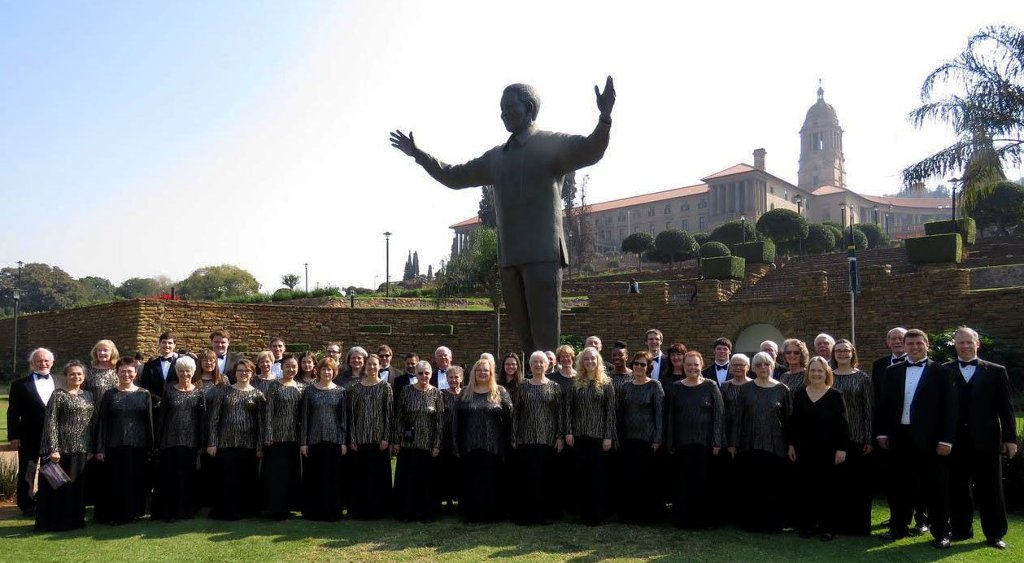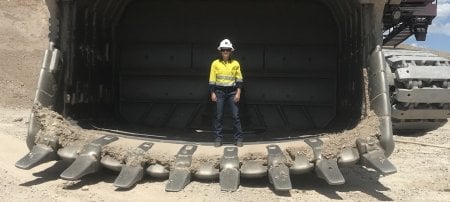Geology Student Helps National Geographic Talk about African Rifts

When National Geographic needed some explanation about the Albertine Rift, a geological formation in Africa, they came to a Michigan Technological University graduate student. Again.
It’s the second time that Alex Guth, PhD student in geology, has been tapped by the world-famous magazine to offer geological expertise in Kenya and the Democratic Republic of the Congo.
National Geographic sought an answer to why such a geological rift exists and its impact on the local people—a people in crisis—and the delicate ecosystem that coexists.
Guth’s expertise includes the rift valley and its extremes in topography caused by the East African Rift System, where the Nubian plate is moving west away from the Somalian plate.
“There are mountain ranges with a mountain forest and a rain forest extremely close by,” she says. “The extreme topography, caused by the rift, impacts the animals. They can’t move, since the area around them won’t sustain them.”
The same can be said of the people, many of whom live in a densely populated region near the city of Goma and Lake Kivu, which is poisoned by volcanic gasses.
“And the fishing in nearby Lake Albert can’t sustain the population, which helps fuel conflict,” Guth says.
That conflict, between the Bashali people in the eastern Democratic Republic of the Congo (DRC), and invading Tutsi, Hutu, and Hunde, has become so intense that other research teams have left early.
“They were murdering women, specifically,” Guth says, “and recent elections have made the future ‘iffy’ at best. Intertribal conflicts, and now terrorism—there was a bombing in Nairobi Monday—make the work there even more dangerous.”
The people initially moved to the valley because of the fertile land, but they have over-logged it, and the subsequent population boom created a land shortage, according to the National Geographic article, “Africa’s Albertine Rift,” which appeared in the November 2011 issue.
The magazine came to Guth for the geologic story, and she chose to tell them about the evolution of the rift valley and the “intense area,” replete with volcanoes, one of which destroyed great parts of Goma.
“Working with them was interesting,” she says. “My research actually appears on a poster that is in the magazine, and they also wanted me to look at definitions they had used for a children’s edition of the magazine, for quality control.”
She also had to do a little educating of the National Geographic writers.
“They kept saying the mantle was ‘fluid,’ which is not accurate,” she says.
Guth hopes to return to do more research for her dissertation, opting for Kenya, where the real focus of her work exists.
Michigan Technological University is a public research university founded in 1885 in Houghton, Michigan, and is home to nearly 7,500 students from more than 60 countries around the world. Consistently ranked among the best universities in the country for return on investment, Michigan’s flagship technological university offers more than 120 undergraduate and graduate degree programs in science and technology, engineering, computing, forestry, business, health professions, humanities, mathematics, social sciences, and the arts. The rural campus is situated just miles from Lake Superior in Michigan's Upper Peninsula, offering year-round opportunities for outdoor adventure.




Comments